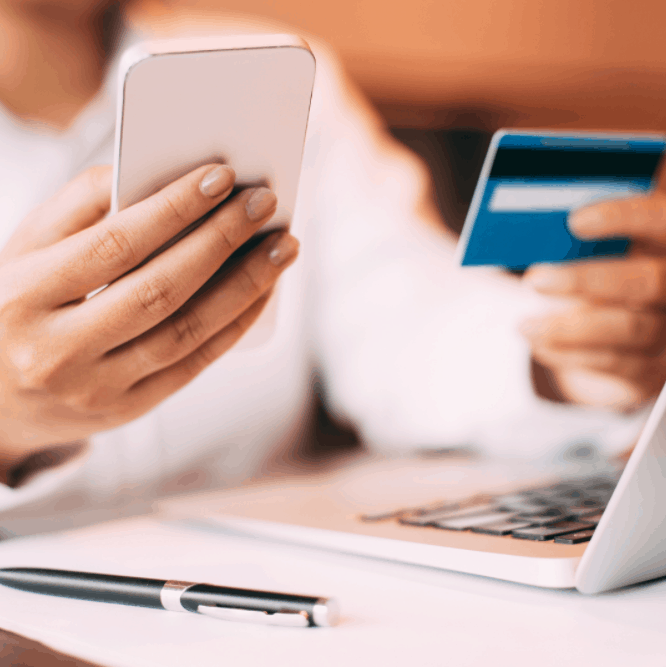Proposing various methods to pay for medical bills has proven to be very strategic for smooth cash inflows. Each of the proposed methods helps the healthcare providers to engage their patients in the billing processes and ensure stable cash collection.
As the payment process scope widens and your patients increase, providers find new ways to collect bills using the consumers’ experiences. To meet the consumer expectations and demands, medical billing companies and healthcare facilities can expand their payment channels by introducing online or digital payment processes.
However, if not managed properly, these digital payment platforms can be hacked and pose a great risk to the medical billing processes of a healthcare facility. Breaches in data are the most common challenge that the facilities and providers will have to cope with.
Medical billing services at risk of hacked systems or data breaches face serious setbacks and repercussions. Not only can this affect the future revenue cycle but the patients’ trust as well.
By using secure payment strategies and industry-proven methodologies, clinicians can reduce the security risks posed to their medical billing data and ensure that the information is protected at all costs.
Here are 3 key ways to reduce risks to your online medical billing services:
Digital and online mobile payments
According to a survey conducted by InstaMed, 93% of the patients are willing to pay their medical bills using digital payment modes. A secure way to collect the bills online is to look for an embedded system.
An embedded system allows patients to pay their bills securely with their credit cards. Online mobile payments are the safest option to consider.
For instance, if a patient uses Apple Pay, the payment made will be secured as Apple encrypts the credit card data. So, there are no chances of information being leaked to a third-party.
Automatic payment processes
Many medical billing organizations have started initiatives to start allowing patients to pay large medical bills over time. However, online payment plans can pose a risk to the patients’ credit card data, especially if the medical facility uses paper-based records to keep track of the payments coming every month.
Writing a patient’s payment information on paper is risky as any staff member can access it.
However, the medical facility can invest in technology that encrypts the payment information or the documents as soon as the patient makes a payment. This ensures no security breaches. Automating the payment collection processes can save a lot of time and money while keeping the patient’s information safe.
Point of service
Most of the healthcare facilities support the providers who offer payment collection at POS. Many agencies provide a higher level of security because they have POS devices that provide point-to-point encryption.
As a healthcare professional, you must be harness MV-capable POS devices. MV is short for Mastercard and Visa, the most popular credit card types. These POS devices ensure that the card used for payment is valid and not created using stolen data. The chip on the card is an active piece of data that confirms the owner before any type of transaction or rendered.

